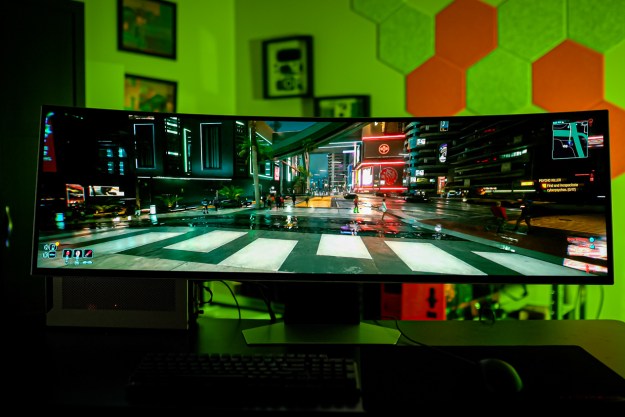Picture this: Today, as you sit to have a cup of coffee and take in the New York Times’ morning reports, you are greeted by the abounding movements from daily news stories—the images are stirring and shifting under their headlines. This is the future photographer Alexx Henry sees for the newspaper and magazine print industry. Henry and his team revealed this futuristic technology in the October 2009 issue of Outside Magazine with the “Living Cover and Spread,” featuring tri-athlete Chris Lieto in a pioneering moving-picture narrative.
“The power in this is that it’s a proof in concept and it is something that will be coming when technology gets a little more mature,” said Henry. The “Living Cover and Spread” was shot using the RED Digital Cinema Camera and the Canon 5D Mark II. Currently, Henry’s Living Spread can only be viewed online, though not for much longer. New technologies such as E-ink and organic light emitting diodes (OLED) continue to develop towards flexible screens that will make Henry’s imagining of a futuristic magazine possible within a few short years. The Living Spread was created as a contribution to a debate concerning the future of print, and to offer a scenario for it’s possible evolution.
Henry theorizes that one day we will use OLEDs, paper-thin flexible screens, as commonly as we use paper itself—if and only if, he claims, they can be mass produced to be inexpensive and recyclable. Japanese technology company, RIKEN, announced this August that it is hoping to be a leader in the mass production of OLED technologies. “We have discovered a range of conditions using a two-solvent method that can make extremely smooth thin films using electrospray deposition,” says Yutaka Yamagata of the RIKEN Center. “Using this technology, these devices could be manufactured as inexpensively as printing newspapers.”
Check out the Living Spread and Cover:
Editors' Recommendations
- Best OLED monitor deals: Get an OLED screen from just $450
- MacBook Pro OLED: Here’s everything we know so far
- The Steam Deck OLED makes the original model obsolete
- The Steam Deck OLED needs burn-in protection
- Gigabyte just upped its OLED monitor game



